
How to Get Your Whole Fleet Story with Video Telematics
The old saying “a picture is worth a thousand words” has been given new life in fleets with front- and driver-facing cameras. With little exaggeration,

The old saying “a picture is worth a thousand words” has been given new life in fleets with front- and driver-facing cameras. With little exaggeration,

The old way fleets have been taught to improve fleet safety is perfectly suited for a world that no longer exists… Today, fleets have access
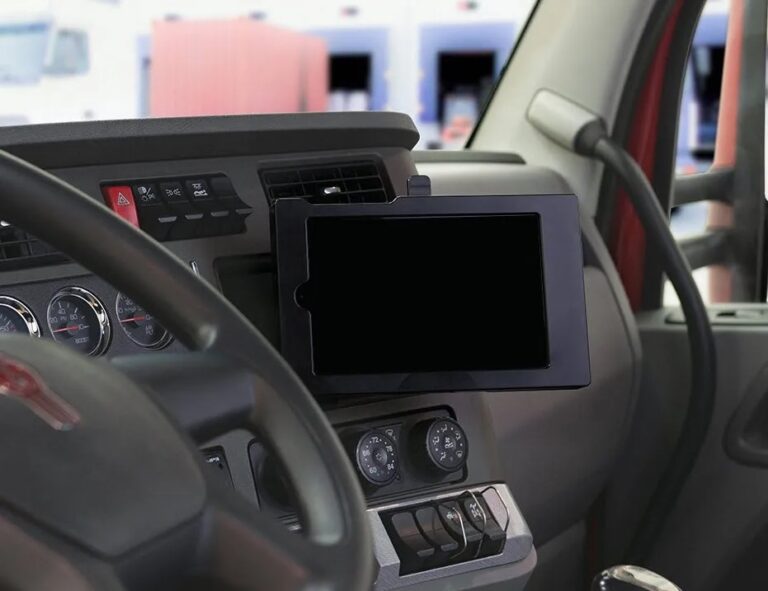
Long before the coronavirus pandemic, stretching back to even before the Great Recession, the notion of a driver hiring crunch was in the air. Back
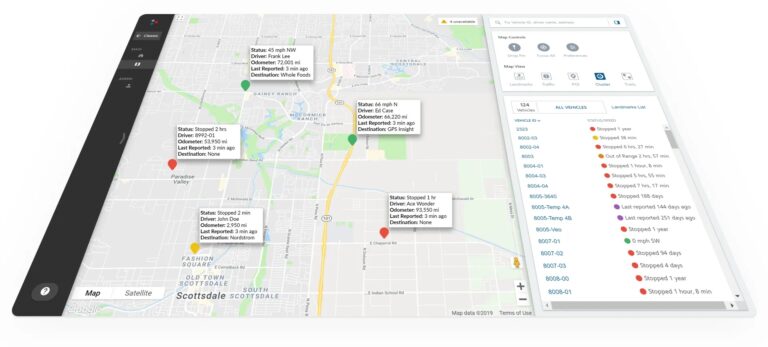
With scores of GPS tracking systems on the market today and a myriad of options offered by each provider, you’ll need to go through a
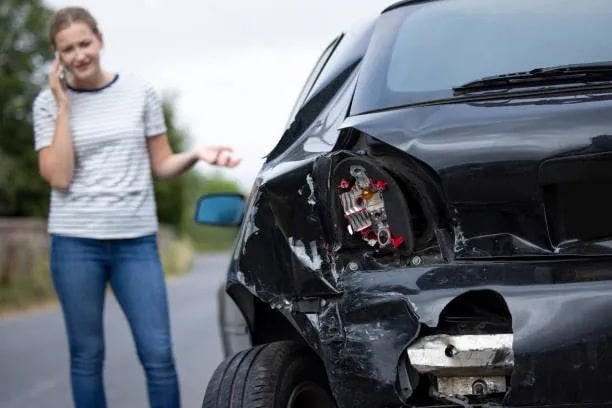
An average accident can cost a company between $16,000 and $75,000, and skyrockets if there was a fatality. With fleet drivers on the road more
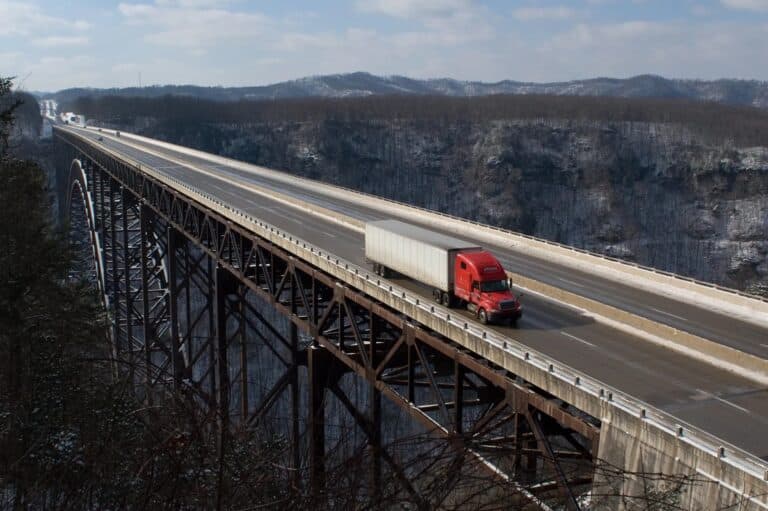
Actionable Intelligence Delivers Trailer Transparency For White Holdings Trucking, getting a handle on its trailer operations was critical for getting better asset utilization and recouping
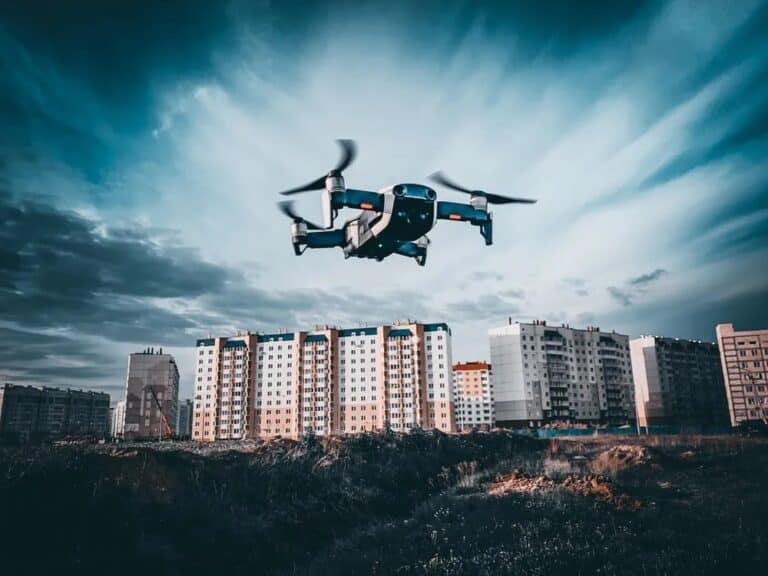
Drones will be added to three government fleets in Arizona, Missouri, and Texas in the coming months to help with safety operations Drones offer local
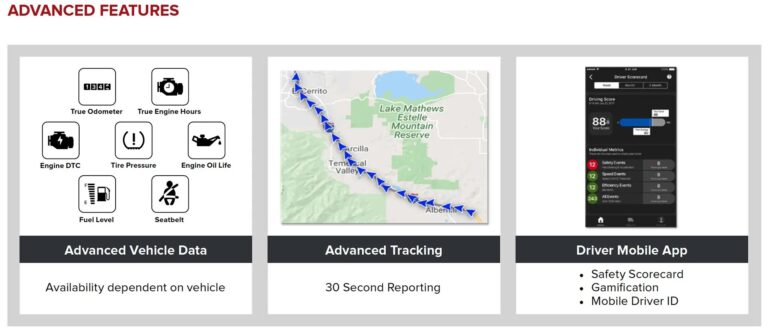
When most people think of telematics, GPS tracking is the first thing that comes to mind. While there are many benefits of location tracking, fleet

Driver Scorecards: Gamification to Reward Good Driving A regional fleet hauling automotive and general freight with 150 drivers implemented formal driver scorecards. In the first
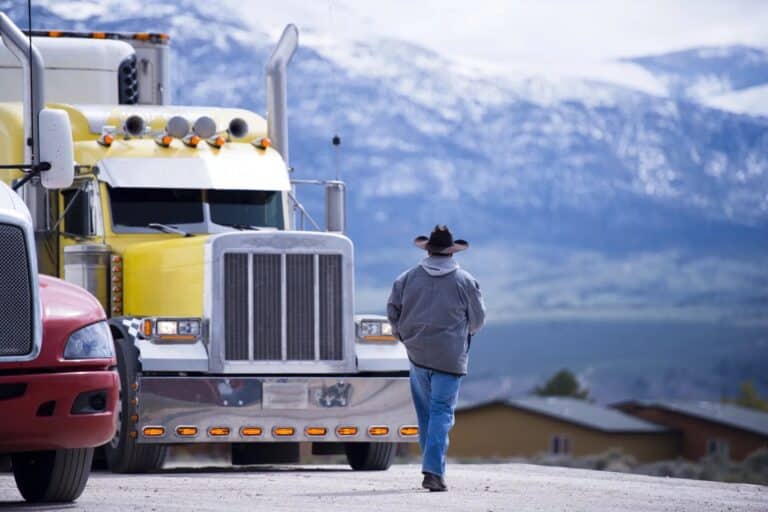
GPS tracking and telematics software help lower insurance costs. Insurance is one of those things you may not really think about until your business needs